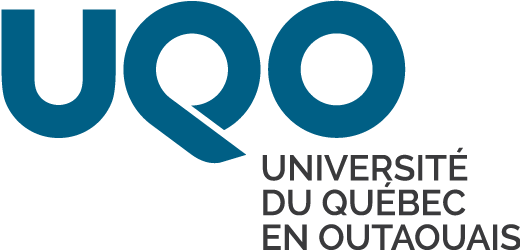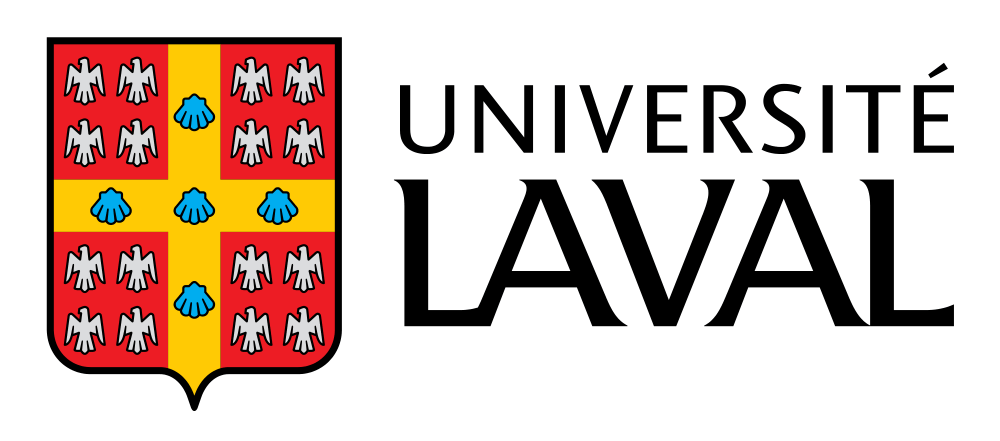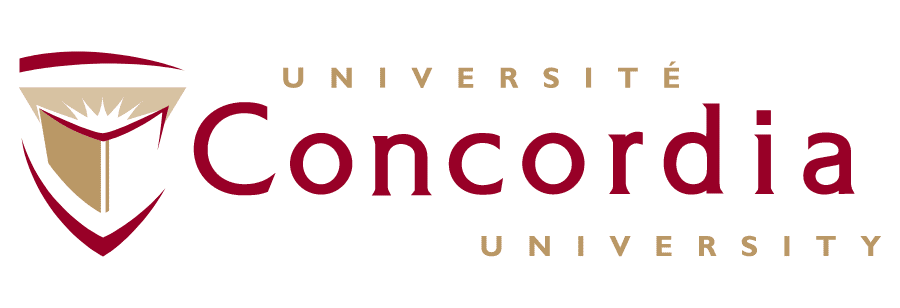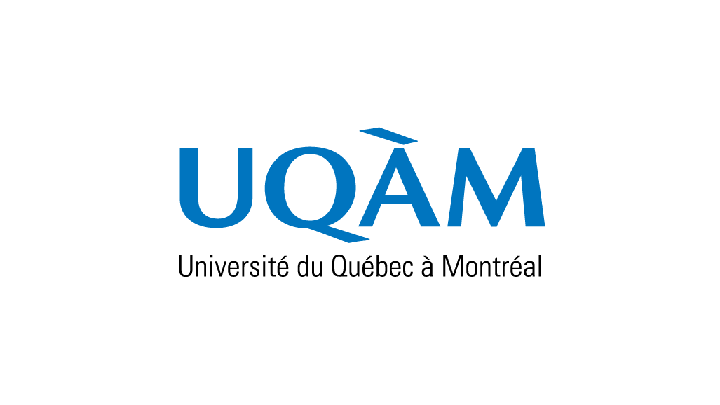One of ReSMiQ's objectives is to overcome institutional barriers to reduce the multiplication of resources at the teaching and research infrastructure levels. This is to increase collaborations between researchers and benefit from their respective infrastructures. It should also be noted that the collaboration of our members through the sharing of common services and infrastructures is beneficial to the implementation of microsystems and innovation in Quebec and Canada.
It should be noted that some of our members have succeeded in acquiring several major infrastructures thanks to the support of the Canadian Foundation for Innovation and the Government of Quebec, as well as the tangible support of industrial partners. Our center partially supports the access of all its members to all the infrastructures supported by their colleagues. This ensures that our equipment is used to its full potential. These services also have an impact on the training of students, who then have access to cutting-edge equipment.
LASEM – Laboratory for the assembly and encapsulation of electronic microsystems
Polytechnic School of Montreal
http://www.polymtl.ca/lasem/
This electronic microtechnology laboratory offers researchers, research students, and industry highly specialized expertise and equipment for the creation and analysis of microsystems dedicated to various applications. This platform includes highly specialized equipment for the assembly of electronic chips and various hybrid circuits. Our equipment allows the placement and insertion of chips, their assembly, and their interconnections. Among the users of this infrastructure are several members of ReSMiQ as well as industry clients.
The equipment park includes devices and devices dedicated to:
- Connection and encapsulation of microelectronic chips
- The assembly of electronic components on printed circuits
- Scanning electron microscopy and X-ray microanalysis
- Nd:YAG laser welding
- Repair of electronic cards
- Tests and measurements
CoFaMic Interconnections and Interfacing Laboratory
University of Quebec in Montreal (UQAM)
http://www.cofamic.uqam.ca
The laboratory has several manufacturing and measurement equipment for micro-nano systems. This equipment has been selected to meet the needs of characterization and manufacturing of interconnections and interfacing between systems at various scales ranging from "nano" to "macro" through "micro". Thus, the laboratory has the equipment to carry out direct writing lithography up to nanometric scales using the nano-wetting technique (Dip Pen Nanolithography) as well as unique systems for direct writing of electronic components (Printed electronics). It also has all the necessary infrastructure to manufacture microfluidic devices by lithography of thick SU8 type resin and molding with PDMS. Finally, it has the equipment to manufacture the various printed circuits and three-dimensional structures necessary in the assembly of microsystems. Various characterization equipment allowing up to 50 GHz frequencies is also available. These infrastructures are thus complementary to those of the ReSMiQ Laboratory for the Assembly and Encapsulation of Electronic Microsystems (LASEM) located at the École Polytechnique. The various CoFaMic infrastructures at UQAM are accessible to all ReSMiQ members.
1. Micro-nano manufacturing equipment
CoFaMic has a class 1000 clean room where various equipment is grouped together to make the connection between the nano and macro scales. The following equipment is currently available:
- KS MJB3 Aligner providing 1 micron resolution on 2 inch diameter substrates.
- OAI 200 Aligner providing 1 micron resolution on 4-inch diameter substrates.
- Tournette Laurell
- DMP-2831 Material Printer
- Nanoink's Nanoscript Nanowetting Lithography System
- Alcatel Evaporator
- Nikon microscope
The following equipment will be installed over the next year:
- Optomec M3D 300 P direct jet aerosol writing system.
- Evaporator for metals and organic materials.
- Trion Technology Sirus T2 RIE plasma etching system.
2. Printed circuit board manufacturing equipment
CoFaMic has all the equipment needed for the various stages of PCB manufacturing: mask creation, mask transfer, mask development, copper etching, via hole addition, and circuit cutting. The following equipment is available at the research center:
- Film laminator (model RLM 419 P from Bungard)
- Double-sided vacuum exposure system (Hellas model from Bungard)
- Copper Etching System (Bungard Jet 34D Model)
- Precision drill (Bungard Variodrill model)
- Mechanical rivet insertion system
- Printed circuit board cutting system
- Photoplotter
The center will also soon have a micromachining system for printed circuit boards. This system also allows three-dimensional micromachining of several types of materials.
3. Measurement and characterization bench between 10Mhz and 50
The measuring equipment covering the frequency band between 10 MHz and 50 GHz will be purchased during the summer. This measuring bench includes:
- Network analyzer
- Spectrum analyzer
- Station under peak
- Power meter
The network analyzer is equipped with the "Time domain" option. This option allows you to perform several measurements, including the characterization of interconnections. Phase noise and noise figure options are also available on the spectrum analyzer.
4. Electro-optical characterization bench
Measuring equipment that can measure electrical properties, electroluminescence or photogeneration of charges:
- Spectroradiometer Photo Research Pr 705
- Four-point resistivity measuring system
- Solar simulator
- Monochromator coupled to electrical test bench
LACIME – Laboratory for Communication and Integration of Microelectronics
Higher Technology School (ETS)
http://www.lacime.etsmtl.ca/
From the smallest devices and circuits to the most complex terrestrial and satellite communication and navigation systems, LACIME covers stimulating and diverse research areas. It brings together internationally renowned researchers supported by a team of students, interns, and professionals who use and leverage cutting-edge tools to conduct innovative and highly applied research in these fields. The synergy between its members, as well as the diversity and complementarity of their expertise, make LACIME a unique laboratory and a preferred partner for industry. Thanks to its unique features, LACIME offers a dynamic environment where the transdisciplinary knowledge of its members is used to develop new innovative and efficient systemic approaches. Thus, LACIME provides a highly stimulating environment for its students and researchers, contributing to the training of a new generation of skilled engineers in analog, digital, and mixed fields that meets the needs of industry.
ReSMiQ Annual Conference
JIR2025 and 14th Microsystems Technical Demonstration Competition











